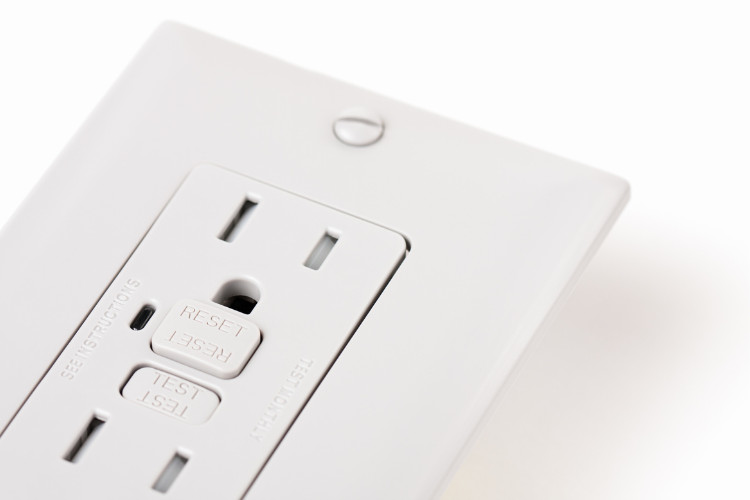In the modern world, it is hard to imagine a technological advancement that has had a more profound impact on our lives than the electrical system. Take a moment to consider a world without electricity. Our electrical system has not only transformed life on Earth, but we have done so in an incredibly safe manner as well, particularly in North America, where there are electrical codes and electricians are licensed, allowing us to collectively enforce crucial basic safety requirements.
Electricity consumption is increasing and is at a record-breaking level right now. With dozens of devices and appliances constantly reliant on energy, it has evolved into an essential requirement. We are aware that certain areas lack proper facilities, but we believe this will change. Ideally, very quickly. We still realize that electricity can be deadly, even though we rely on it for almost everything. Electrical safety technologies are therefore developing as well.
When used properly, electricity is amazing. It fuels the appliances in our homes, the tools we use at work, and the endlessly entertaining gadgets. It turns hazardous, though, when you lose control over the energy that powers your house. Fortunately, over many years, engineers have developed and enhanced the tools that protect you from electrocution and electrical shock. The Arc-Fault Circuit Interrupter (AFCI) and Ground-Fault Circuit Interrupter (GFCI) are two devices made to keep electrical accidents out of your house. You can be protected from various electrical threats by these technologies. So let’s cover the basics of these two safety equipment, along with a comparison of GFCI and AFCI.
What are GFCI Outlets?
GFCIs, or ground fault circuit interrupters, keep monitoring the electricity supply of electronic devices to ensure that they stay grounded. You could get shocked or electrocuted if the appliance you’re using becomes electrified, the electricity escapes its grounded flow, and the ground fault is the escape of the intended path. A GFCI detects differences as small as a few milliamperes, at which point it will monitor the situation and cut off electricity to the equipment you are using.
Any place where there is a higher risk of shock from electrical hazards, such as water, needs to have GFCIs installed. These outlets are required by new building rules in bathrooms, kitchens, outdoor spaces, and places where water could potentially produce a ground fault. Assume that a malfunctioning electrical appliance (like a hair dryer) has a loose hot wire. The energy passes from the hot wire, through your body, and eventually to the ground if you unintentionally touch it. This can be fatal and cause a strong electric shock. A GFCI is a unique type of equipment that continuously measures the current flowing through the hot wire and the current coming in through the neutral wire.
If it differs, it recognizes an issue (such as the current choosing another path to ground) and opens the circuit right away. Contemporary home GFCI devices are capable of detecting fault currents as low as 5mA. To put it briefly, the purpose of GFCI protection is to prevent shocks and save lives.
What are AFCI Outlets?
Similar to GFCIs, arc-fault circuit interrupters (AFCIs) identify anomalous power activity that may cause an electrical fire. The primary distinction between GFCIs and AFCIs is that the second one detects abnormal power flow from the outlet, while the first identifies abnormal arcing behavior. When electricity moves from one point of conduction to another through the air, arcing occurs. Because it can result in incredibly heated temperatures, arcing is harmful. An electrical arc has the capacity to reach temperatures of 10,000 °F, which is how quickly it can ignite a fire.
Exposed conduction points can be caused by general wear and tear, animal bites, heat, nails, or stapled wiring. When it notices potentially harmful arcing circumstances, arc-fault circuit interrupters cut off the electricity to the area of your house they are monitoring. Several sensors and logic circuits are used in AFCI detection to ascertain whether a hazardous state is present.
The AFCI shuts off the electricity if it detects a dangerous condition. Instead of being found in wall outlets like GFCIs, they can be simply added to the main service panel of your house or place of business as specialist circuit breakers. New residences must have AFCI breakers on all branches, per the National Electrical Code (NEC). Some areas where AFCI has to be installed are bedrooms, living rooms, dining rooms, etc.
Why Are GFCIs and Arc-Fault Protection Important?
Two important electrical safety devices that we utilize in our houses are GFCI and AFCI. AFCI detects arcs that have the potential to start fires and disrupt circuits. In contrast, a ground fault occurs when an electric current travels down a path other than neutral to reach the ground, and GFCI recognizes this type of fault and breaks the circuit. Circuit breakers and regular outlets are meant to safeguard the home’s electrical system, which only shows how beneficial they are. Şo, why not install these devices to protect yourself and others from needless electrical hazards that can occur from time to time?
Please do think about including these crucial electrical safety devices in your installation or renovations if you are building a new home or doing electrical repairs. In short, it is not only important but also required to have these two electrical components placed in a certain region of our home since they save lives. Our crew knows just where these devices are needed and can deliver premium San Marcos GFCI & arc-fault protection service quickly and flawlessly. We will ensure that your electrical system has these safety devices installed whenever there is water or moisture, such as in garages, kitchens, bathrooms, finished and unfinished basements, and other areas. The Energo Electric team will use the most recent testing equipment to see whether further renovations are necessary to ensure that your property is kept up to code and make your home a secure place for you and your family.




